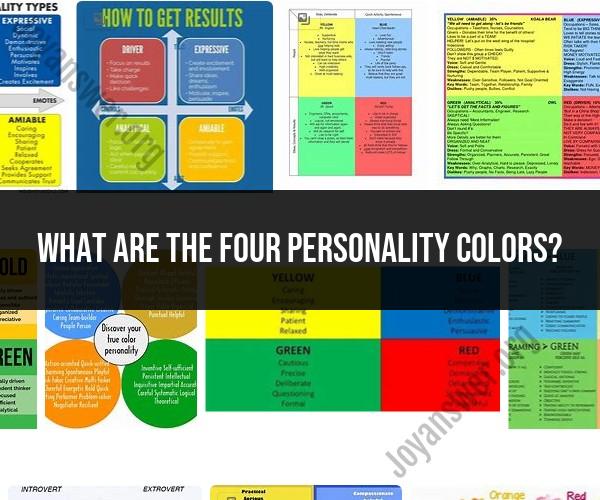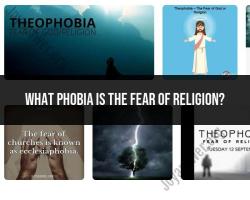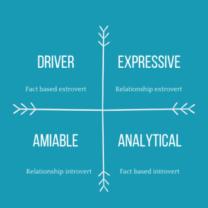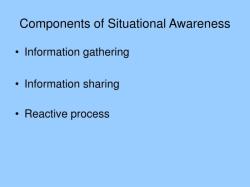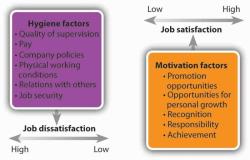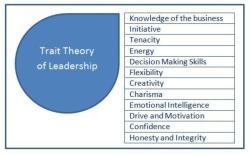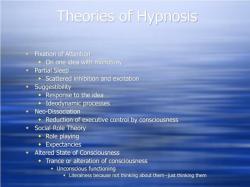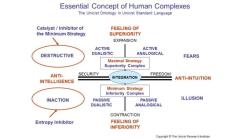What are the four personality colors?
The concept of the "four personality colors" is often associated with various personality assessment tools, such as the Insights Discovery System and the True Colors Personality Assessment. These systems use a color metaphor to categorize individuals into four primary personality types or temperament categories. Each color represents certain characteristics, preferences, and communication styles. While the specific colors and descriptions may vary slightly between different systems, the core idea remains consistent. Here are the four personality colors and their general characteristics:
Blue (Cool Blue or Analytical):
- Personality Traits: Logical, analytical, detail-oriented, and precise.
- Communication Style: Blues value accuracy and quality in their communication. They prefer clear, well-organized information and tend to be reserved and thoughtful in their interactions.
- Strengths: Problem-solving, attention to detail, reliability, and critical thinking.
- Potential Weaknesses: Tendency to be overly critical, perfectionistic, and reserved in social situations.
Red (Fiery Red or Dominant):
- Personality Traits: Assertive, confident, decisive, and action-oriented.
- Communication Style: Reds are direct, straightforward, and goal-oriented in their communication. They value efficiency and results and may appear assertive or even competitive.
- Strengths: Leadership, determination, initiative, and assertiveness.
- Potential Weaknesses: Impatience, a tendency to dominate, and a focus on results at the expense of interpersonal relationships.
Green (Earth Green or Empathetic):
- Personality Traits: Compassionate, supportive, empathetic, and relationship-focused.
- Communication Style: Greens prioritize building connections and fostering harmony in their communication. They are excellent listeners and often seek to understand others' feelings and perspectives.
- Strengths: Empathy, teamwork, diplomacy, and interpersonal skills.
- Potential Weaknesses: Avoidance of conflict, difficulty making tough decisions, and a tendency to prioritize others' needs over their own.
Gold (Sunshine Yellow or Organized):
- Personality Traits: Structured, organized, responsible, and reliable.
- Communication Style: Golds value clear expectations and follow-through in communication. They are systematic and detail-oriented, often emphasizing rules and processes.
- Strengths: Organization, reliability, time management, and attention to deadlines.
- Potential Weaknesses: Resistance to change, rigidity, and a focus on rules at the expense of flexibility.
These color-based personality assessments are often used in team-building workshops, leadership development, and personal growth to help individuals and groups understand their communication styles, work better together, and improve their interpersonal relationships. It's important to note that no one personality type is better than another, and individuals may exhibit a combination of traits from multiple colors. These assessments are valuable tools for self-awareness and enhancing communication but should be used in conjunction with a broader understanding of personality and behavior.
The Four Personality Colors: Understanding the Traits and Types
The Four Personality Colors is a personality model that categorizes people into four different color types: Red, Yellow, Blue, and Green. Each color type is associated with a different set of traits and behaviors.
Red
Reds are passionate, driven, and assertive. They are natural leaders and are always up for a challenge. Reds are also competitive and can be impatient at times.
Yellow
Yellows are optimistic, creative, and fun-loving. They are always seeing the bright side of life and love to be around people. Yellows can also be impulsive and scattered at times.
Blue
Blues are loyal, trustworthy, and empathetic. They are always there for their friends and family. Blues are also analytical and detail-oriented.
Green
Greens are harmonious, balanced, and peace-loving. They are always looking for ways to make the world a better place. Greens are also patient and understanding.
A World of Colors: Exploring Personality through the Four Color Types
The Four Personality Colors model can be used to understand yourself and others better. It can also be used to improve your communication and relationships.
Here are some tips for using the Four Personality Colors model:
- Identify your dominant color type. You can do this by taking a personality test or by reflecting on your own personality traits.
- Understand the traits and behaviors associated with your color type. This will help you to better understand your own strengths and weaknesses.
- Learn about the traits and behaviors associated with the other color types. This will help you to better understand and communicate with others.
- Use the Four Personality Colors model to improve your communication and relationships. For example, if you are a Red and you are communicating with a Blue, you may want to be more patient and understanding. If you are a Yellow and you are communicating with a Green, you may want to be more focused and organized.
Personality Color Profiling: Discovering Your Dominant Trait
There are a number of different ways to discover your dominant personality color. You can take a personality test, reflect on your own personality traits, or ask others to assess your personality.
Here is a simple reflection exercise that you can do to discover your dominant personality color:
- Think about your favorite colors. What colors do you wear most often? What colors do you decorate your home with? What colors do you find most appealing in art and nature?
- Pay attention to the emotions that different colors evoke in you. Do some colors make you feel happy and energized? Do some colors make you feel calm and relaxed? Do some colors make you feel creative and inspired?
- Consider your personality traits. What are your strengths and weaknesses? What are your values and beliefs? What are your goals and aspirations?
Once you have a better understanding of your favorite colors, the emotions that they evoke in you, and your personality traits, you can start to identify your dominant personality color.
It is important to note that the Four Personality Colors model is just a tool. It can be used to understand yourself and others better, but it should not be used to label people or to make judgments about their character.
